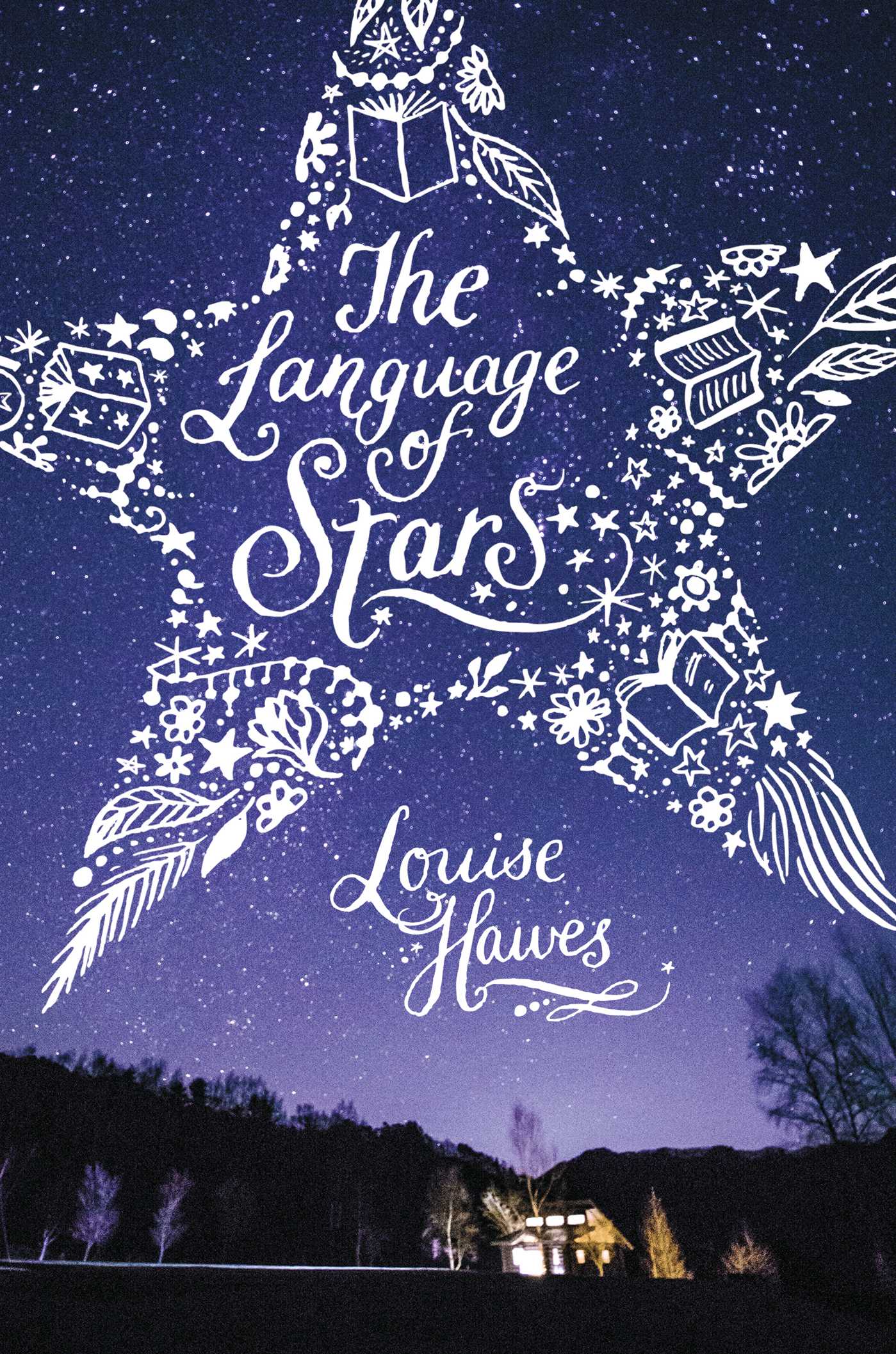Louise Hawes. The Language of Stars. New York: Simon, 2016. Print.
The Language of Stars is marketed as a young adult (YA) book. However, it is a young adult book only in the sense that the narrator and main character is a teenager and literate teens would like this story. Its approach and writing style reminded this reviewer of All the Light We Cannot See. In other words, it is as much for adults as it is for teens.

Sarah Ryan has somehow (miraculously?) become the girlfriend of the “hottest” guy in her coastal North Carolina high school. She had hung out with a more artsy group, but now she is hanging out with the “cool” kids and their wannabe friends.
One week her newly-adopted fast crowd she now hangs out with decided to break into a shoreline cottage that is now a designated historical site. It was the cottage where the world-famous poet Rufus Baylor spent his summers for years. Sarah lived near the place and often peeked through its windows and imagined the lives of the people she saw in the photographs inside.
That party night, however, there are no poetic meditations. There are a couple of kegs of beer and a few bottles of harder liquor, and by the time the police arrive, the house is on fire. Sarah and a dozen and a half others are arrested and have to do community service which includes repairing the cottage.
Since the perpetrators are all juveniles, the judge also requires them to take a six-lesson course on the poetry of Rufus Baylor. A young professor at the local community college is willing to teach the class until Rufus Baylor himself shows up in town. Most of the kids have assumed he died a long time ago, but he is indeed very much alive, although it has been years since he has had anything published.
What really stands out in The Language of the Stars is the quality of the writing. There are a number of “Baylor” poems interspersed in the text, but even the prose sings. And those poems are really good!
Louise Hawes has written a number of YA novels, but her heart may be in poetry—something that is, alas, ignored and barely publishable today. She has a great ear and a tender sense of transience that comes alive in the poetry and the character of Mr. Baylor.
Pick up the book for the story. Keep it for the poetry.
There is a lot of teen conflict in the story. Sarah’s single mother wants her to go to med school. Sarah is inclined towards drama—the best poem by Sarah in the book is about the ambiguities of acting:
Who have I really been?
In the end, I’m nothing to speak of,
A sort of go-between, a messenger of love.
She has a part-time job at the restaurant her father manages, though he always seems distant. And Fry, her surfer boyfriend, sends conflicting messages as well.
One perhaps predictable plot point reminded me of a letter by one Lady Montagu in the eighteenth century to her granddaughter on the importance of a good education. She told her how a girlfriend of hers received a lovely poem from a boy and began to think dreamily of him. Lady Montague recognized the lines as from a poem by Thomas Randolph and, in her words, “the unfortunate transcriber was dismissed with the scorn he deserved.”
Still, The Language of Stars transcends teen problem or romance novels. It really focuses on the impact of words and how sound and sense can go hand in hand. It also suggests that a self-revealing mentor can change lives.
Though “his” poetry reminded this reader of Emily Dickinson’s, Hawes’s Rufus Baylor’s career is more like that of Robert Frost. Imagine Frost in the Great Smokies instead of the Green Mountains. At the beginning of the book, Sarah assumes Baylor has died. She has a vague recollection of him reading something at the White House and losing his place.
I had to laugh. My introduction to Robert Frost when I was a boy was President Kennedy’s inauguration which I watched on television. Like Sarah with Baylor, I was not impressed with Frost back then. He stammered. I think he lost his place. And, of course, I had no idea what he was saying. My mother told me that he was a great poet and that I should listen.
I have come to appreciate some of Frost’s work. I have roots and relatives in Vermont, and Frost portrays the honest working stiffs accurately and sympathetically. So Sarah learns to love Rufus Baylor and his work.
Baylor does a lot more than teach poetry in this book. B-movie magnate Roger Corman once said, “There is only one plot: A stranger comes to town.” The Language of Stars manages that plot device in an unforgettable way.